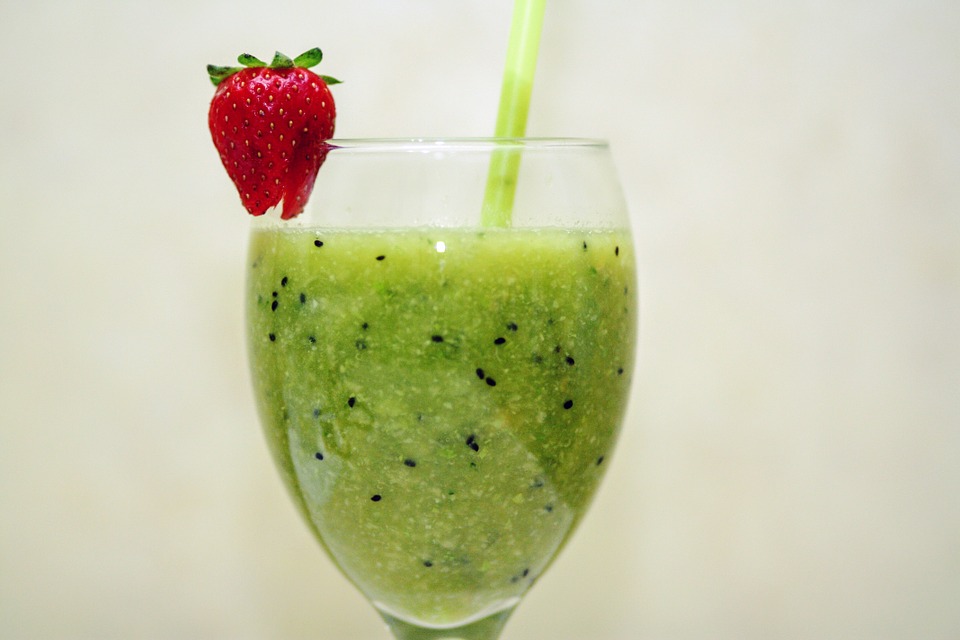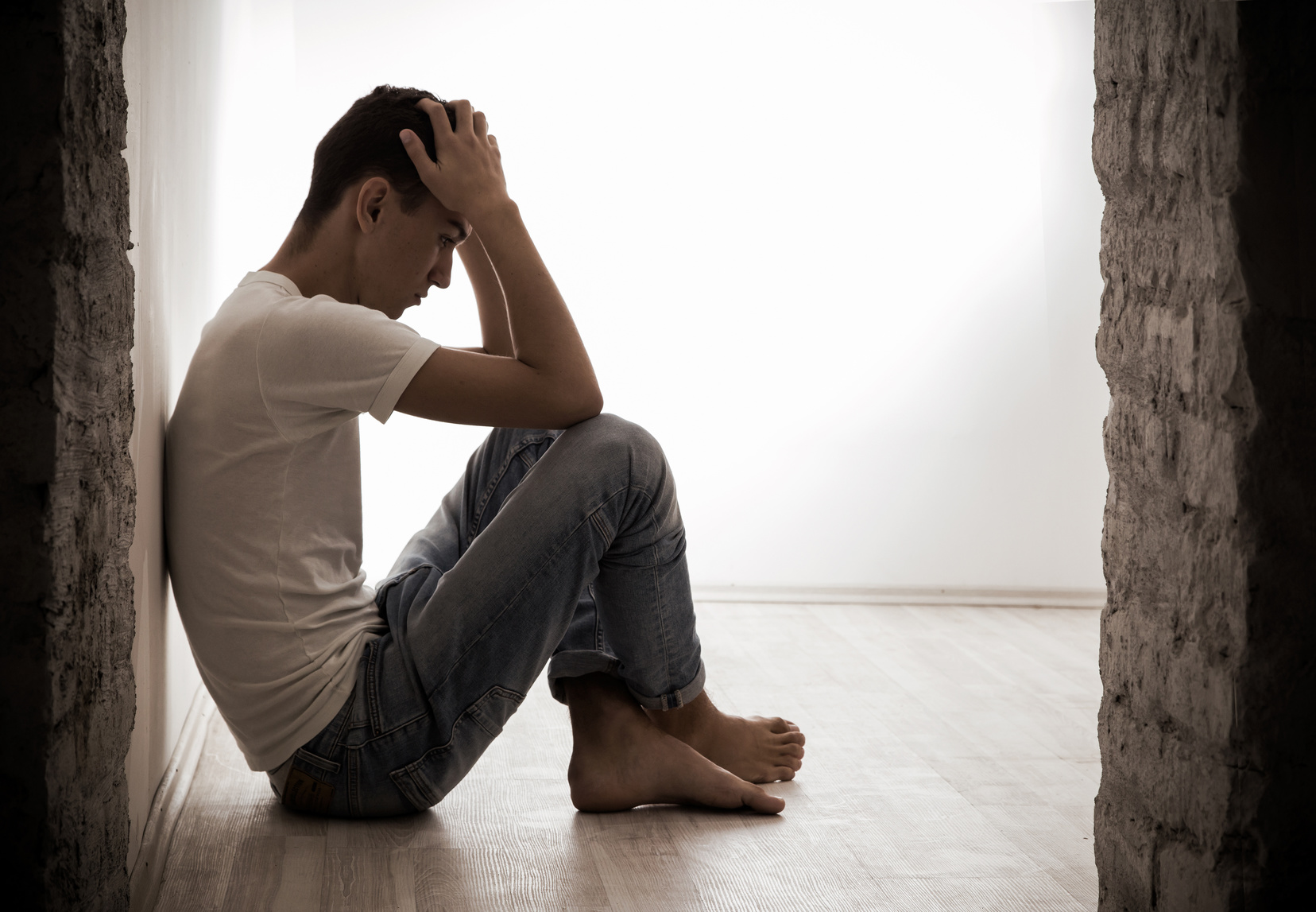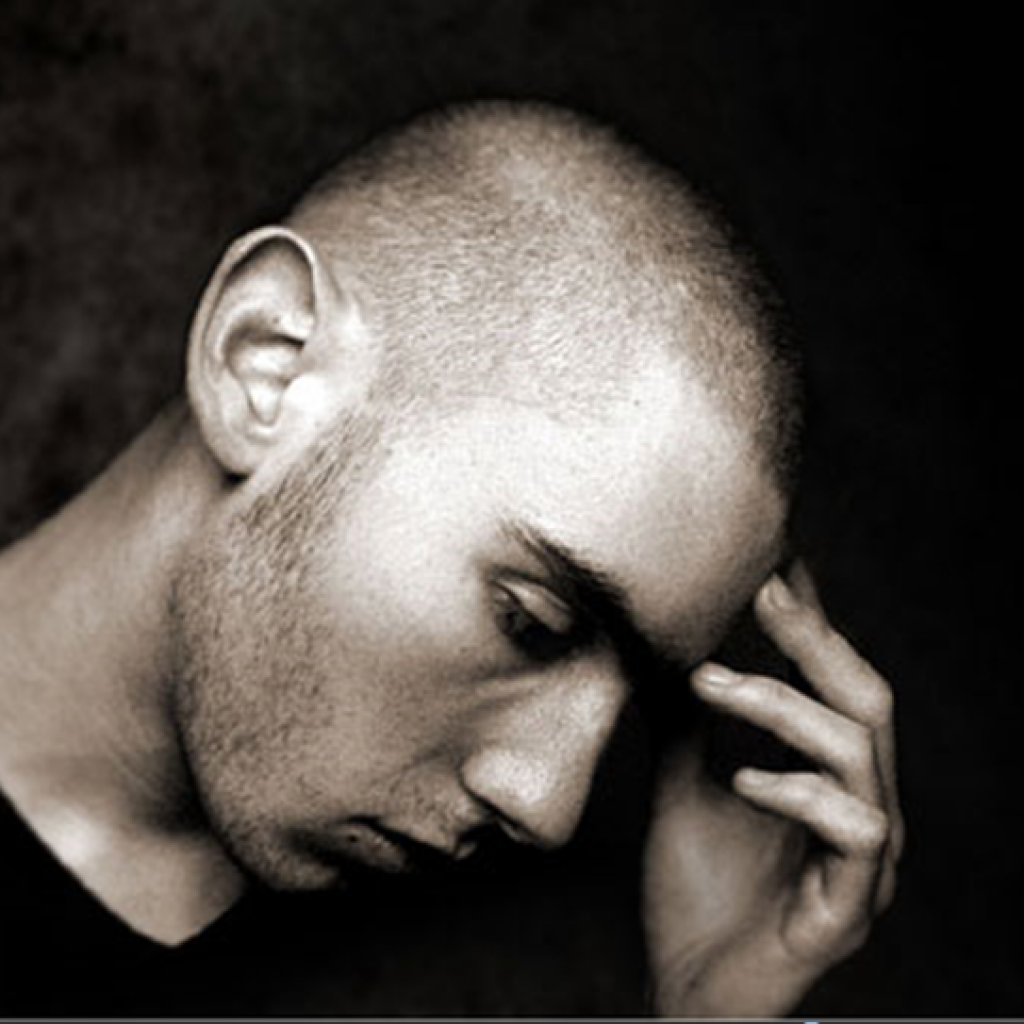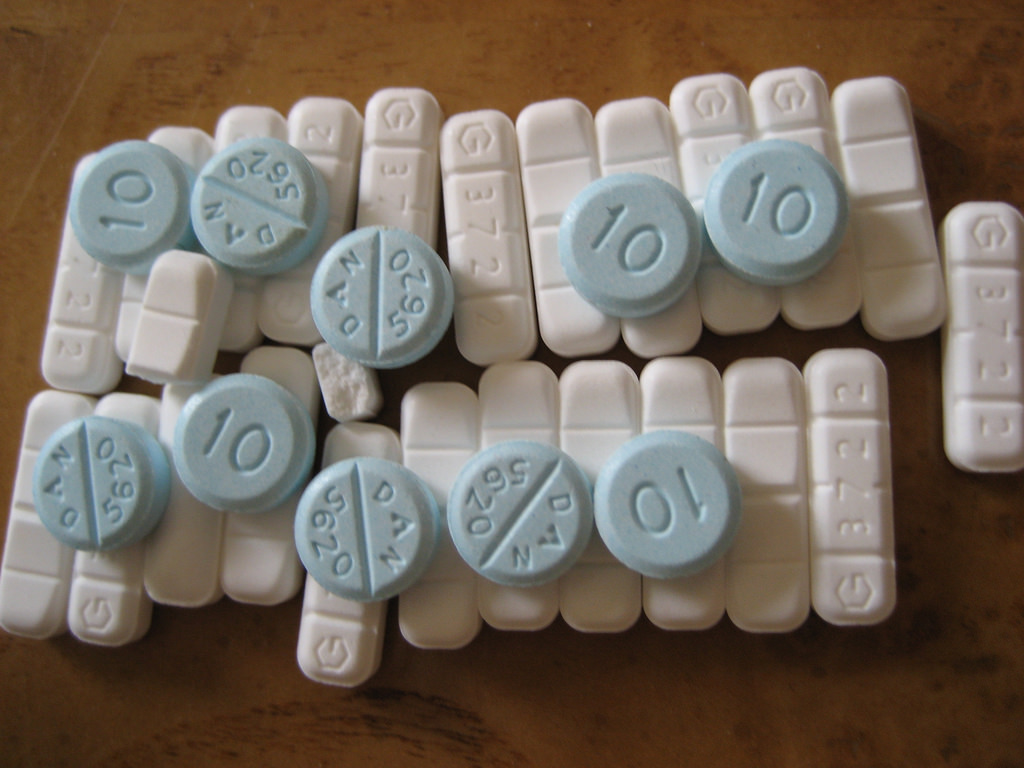The Drug Test Detox Process and Treatment Options

You must overcome your physical dependence on a substance in order to break your addiction. If you have been struggling with addiction for several years you must complete a drug test detox process to break the cycle. A detox involves cleansing the system of harmful toxins that are found in such stimulants as marijuana, opiates, alcohol, methamphetamines, and other harmful substances. While many healthcare professionals recommend that an addict cleanse under the direct supervision of a rehab specialist, there’s several options that will allow you to go through this process at home, where you feel the most comfortable. This can be a great solution if you’re struggling with addiction but don’t have insurance or your insurance will not cover the cost of a private treatment facility.
People will commonly avoid kicking the habit because the idea of detoxing in a facility seems terrifying and embarrassing, not to mention expensive. People who follow a methadone cleanse program must go to a clinic on a daily basis to receive their medication. This is usually challenging for people who aren’t able to drive or have no mode of transportation. Newer drug alternatives have been used in place of methadone and can be taken at home after filling a prescription at your local pharmacy. This option is popular among people who want to cleanse in their own home. Suboxone is considered a maintenance medication and it’s much less likely to be misused during a detox.
Detoxing at home can still be a challenge. Most narcotic users are not prepared for the amount of anxiety and pain experienced during withdrawal and can easily relapse in order to make the pain and discomfort stop. People who have friends and family for support will have an easier time detoxing. This process leaves people feeling weak, ill and vulnerable, but going through it with a solid support system in a comfortable environment can significantly increase the drug exam detoxification success rate.

When the withdrawal symptoms start to spike it’s very likely that an addict will return to alcohol or drug use and because of this it’s crucial that you don’t try to cleanse alone. Supervision is necessary to enforce a supportive environment that can help an addict to get through this rough process. Also, some medical studies have shown that a variety of medical complications can occur during a detox. People can experience nausea and vomiting. When under duress, they can even choke on their own bile or vomit, which can lead to aspirating the vomit or even death. This is only one example of a complication that can happen during a drug exam detoxification and the main reason why you should never go it alone.
It’s also important to mention that a detox isn’t the only treatment needed for addiction, regardless of the drug of choice. Addiction is physical and psychological and because of this, patients can benefit from psychotherapeutic treatments that discuss the changes made to the brain as a result of long term abuse and how to manage ongoing cravings. Cleansing along can help a person to stop abusing alcohol and medication in the short term, but without weekly therapy, a person’s risk of relapse increases significantly.
What a Substance Abuse Cleanse is Really Like

The first few days of a drug exam detoxification can be intense for anyone. In a facility, psychiatric and medical staff will be on hand to provide effective support. As an example, people who are long term heroin or opiate users can experience such withdrawal symptoms:
- anxiety
- sweating
- muscle cramps
- diarrhea
- excessive yawning
- irritability
- runny nose
- insomnia
- watering of the eyes
While these symptoms aren’t considered life threatening, they can still be very uncomfortable, which is why it may be in your best interest to receive medical and psychiatric care while going through a cleansing program. Many problems can come up for patients during their first day. The most urgent needs of the patient will be addressed first, followed by the next, until the patient has been fully stabilized.
Some possible issues that can occur include:
- violence
- symptoms of psychosis
- injury
- medical illness
- threat to self
Many addicts interested in detoxing avoid it because they don’t know what to expect in terms of length and pain or discomfort. The length of the drug exam detoxification will depend on the dose of the stimulant you use, the length of your addiction, the existence of any physical or mental disorders and the half-life of the drug.
People who use medication daily for an extended period of time will have a higher tolerance for the drug, which means more severe withdrawal symptoms. A combination of both daily drug and alcohol abuse can create a unique set of withdrawal symptoms, which can exacerbate one another.

A person’s tolerance increases with persistent medication use, which requires the user to increase the dosage in order to achieve the desired results. The higher the dose used, the more severe the withdrawal. People who suffer from mental health issues such as anxiety and depression, or physical issues such as chronic pain will experience an amplification of these problems during a detox, resulting in significant distress. If the drug an addict takes is short acting, then the withdrawal symptoms will occur more quickly after the last dose. If the medication is long acting then the symptoms can take a few days to appear.
Withdrawal from benzodiazepines and alcohol are similar, with symptoms that include seizures, anxiety, tremors, hallucinations and agitation.
Opiates such as painkillers and heroin includes such symptoms as GI distress, muscle cramps, joint and bone pain and increased sensitivity to pain.
Meth and cocaine withdrawal can produce symptoms such as suicidal behaviors and thoughts and depression.
Marijuana is addictive, contrary to popular belief. Withdrawal symptoms include depression, aggression and anxiety. Physical symptoms can include tremors, fever, stomach pain and sweating.
Regardless of the type of narcotic you’re detoxing from, doing so at a medical facility is always the safest option, especially if you also suffer from a mental health issue or other type of medical condition.
In most cases, residential or inpatient cleansing is recommended, which helps to ensure that a patient avoids a relapse and that medical care is immediately available in the event that an emergency occurs. Most options for detoxes are inpatient.
Outpatient programs for this type of detoxification is rare and not typically recommended, but this type of program may be a good choice in less severe addiction cases.
Detox programs tailored for opioid abuse are a little different from other types of cleansing programs because there are medications available that have been FDA approved that are designed specifically for opioid addiction. These medications are used to manage stimulant dependence and can help to alleviate the unpleasant withdrawal symptoms associated with this type of drug.
Tools Used In Detoxification Process

When an addict builds up a physical dependence on alcohol or drugs, their body learns to expect that it will continually receive a certain amount of the substance in the bloodstream. If the supply of the drug suddenly stops. Withdrawal symptoms will begin.
These kits are available online or in-stores and can help to minimize some of the withdrawal symptoms in a person that chooses to cleanse at home. Some kits require the user to take several types of supplements daily.
These kits can be pricey and may not have much of an effect on symptoms. Experts and recovering addicts who have made the long journey to sobriety recommend:
- Tylenol for headaches and muscle cramps
- Benadryl for anxiety and insomnia and anti-diarrhea medication which can help with loose stool for the first few days
- Over the counter motion sickness medication can also help reduce nausea.
These self-made cleansing kits can get you through mild to moderate detoxes, but aren’t recommended for severe opioid or methamphetamine addiction, where serious health complications such as panic attacks, seizures or heart attacks can occur.
Detoxing at Home

Hot baths can help to reduce aggressive moods, an increase in water intake can aid in flushing out toxins in the body, and intense exercise can help with an increase in sweating, releasing additional toxins. Reducing fat intake can help with improving the function of the digestive system and cutting out caffeine can help improve sleep.
Weed is currently the most commonly used recreational stimulant and can stay in a person’s body for an undetermined length of time. People who are looking for an effective cleanse should prepare to be patient during this time. Individuals who do not have the luxury of time, can spend money on a kit.
In order to start the cleansing process, the first step will be to stop smoking. This can be harder than it sounds for some long term or heavy users.
Since weed is fat soluble, it can remain stored in the fatty tissues of the body for a lengthy amount of time. According to statistics, marijuana can stay in the body for one to seven days for those individuals who only smoke on occasion. People that regularly smoke may need two to eight weeks or longer to remove the drug from their system.
Spending a few hours a week at the gym or taking up running each week can help to burn off the fat through regular exercise, which helps to cleanse THC from the body.
Drinking a few glasses of cranberry juice a day will cleanse THC from the body at a faster rate, due to its acidic nature. Because it’s acidic this juice can work by destroying metabolites, while also flushing out the toxins, with the diuretic properties found in this juice.
There are a number of vendors that sell these detox kits that contain mixtures of vitamins, minerals and herbal cleansers. A person should keep in mind that there is little known proof that these detox kits can be effective when it comes to completely flushing THC out of the system.
Regardless of the detox method a person decides on, after the process is complete, taking a home drug test is recommended.
Studies have shown that often, chronic users will display varying levels of aggression several days or weeks after weed use has been stopped. This type of behavioral changes can be confusing for a person to undergo, especially if these changes in behavior are accompanied with cravings.
When to Seek Professional Help for Drug Use

There are inpatient detox programs available that will do more than just provide medications. Typically, people who are suffering from addictions also have diagnosed or undiagnosed mental disorders. These types of mental disorders can make it more difficult for a person going through the cleansing process.
Total drug detox can commonly take two to four weeks, in order to entirely remove THC or opiates from the system. The realistic time it can take for a person’s system to become clean will depend on their frequency of marijuana use.
Often, the physical symptoms a person will experience can include headaches, night sweats, restless legs, nausea, sweaty palms, dry mouth and increased fatigue.
- headaches
- night sweats
- restless legs
- nausea
- sweaty palms
- dry mouth
- increased fatigue
Because withdrawal symptoms can be severe for some users, inpatient cleansing programs can be very beneficial when it comes to helping a patient cope with this process.
If a person tries to detox on their own, it can be very easy for them to return to drug use, especially if they live with family or friends that smoke marijuana.
In addition to removing the at-hand temptation factor, inpatient programs can also provide a person with medications that can help them to deal with uncomfortable or painful withdrawal symptoms such as cramps or muscle spasms.
Should a person decide to detox on their own, they should have a support system in place, such as family or friends. Having support can help a user during a drug test detox by providing them with emotional support, distractions and reassurance.
